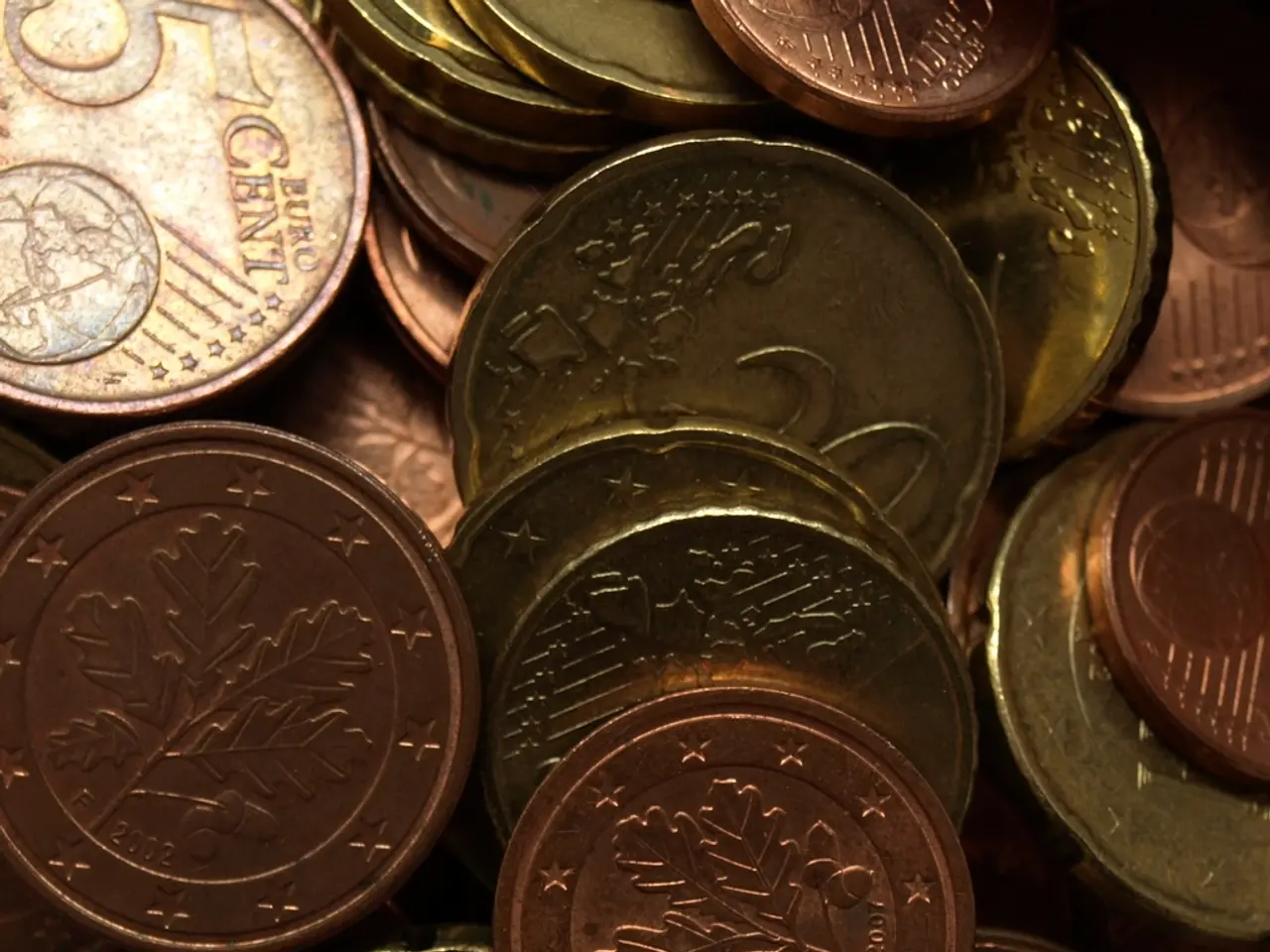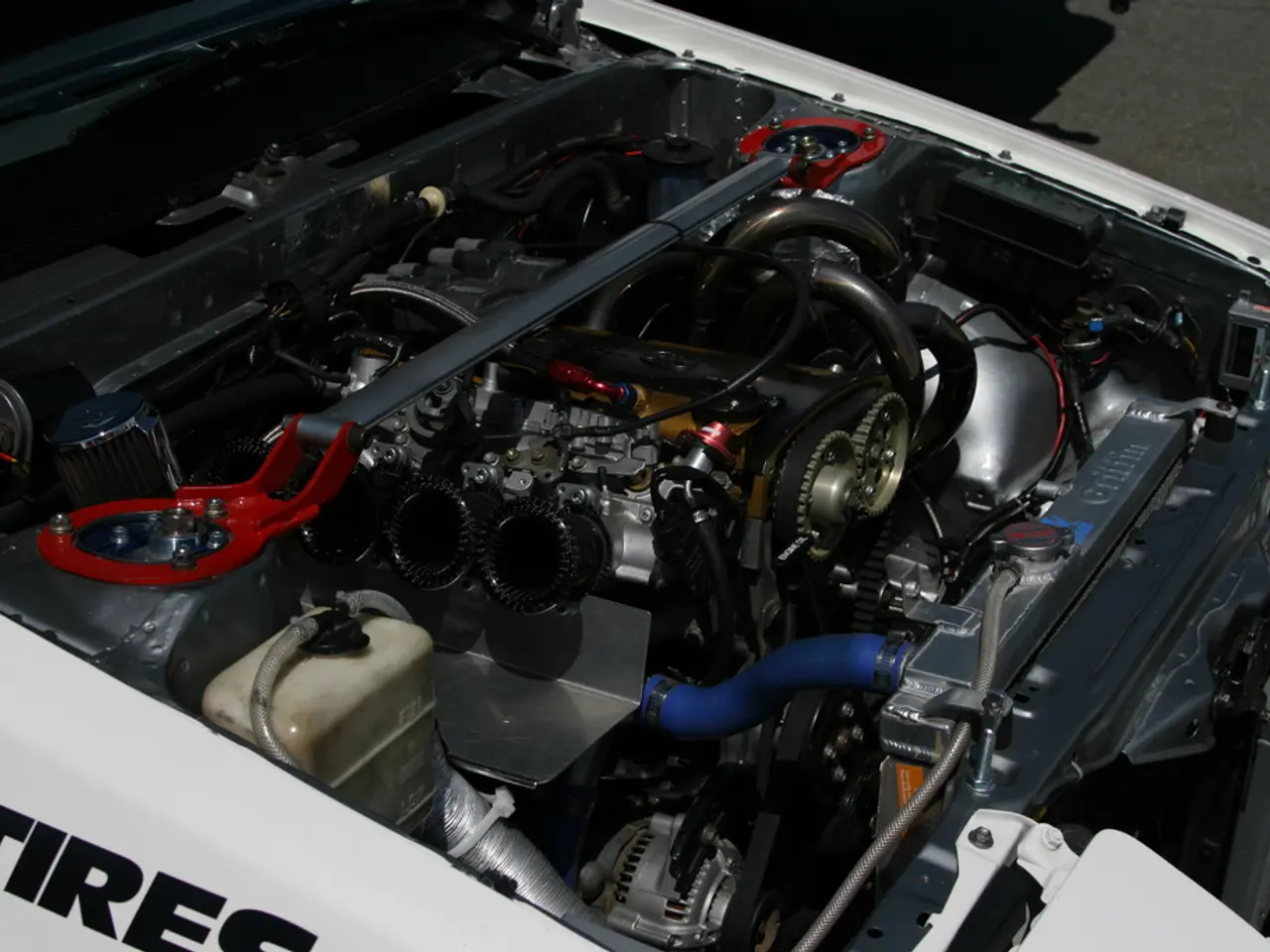Decrease in USDT capitalization observed due to MiCA regulation
The European Union's MiCA regulation, effective from December 30, has brought about significant changes for stablecoin issuers, particularly Tether. The regulation imposes strict licensing, operational, and compliance requirements, affecting Tether's ability to operate and be traded within the EU.
Uldis Teraudkalns, director of income at Paybis, has highlighted that MiCA offers advantages such as improved investor protection and reduced fraud risks. However, the regulation has posed challenges for Tether, with the company being delisted from EU exchanges, reducing its market presence and liquidity in the region.
MiCA requires stablecoin issuers to adhere to elevated regulatory standards. This includes having strong governance, transparent reserve management, and local presence within the EU. As a result, algorithmic stablecoins, which pose risks to market stability, have been banned.
Stablecoin issuers can obtain one license in an EU member state and operate legally across all 27 member states plus the European Economic Area (EEA), facilitating cross-border access but necessitating full compliance with EU rules.
Tether's non-compliance with MiCA has caused a loss of competitive position against MiCA-compliant stablecoins. EU residents can still hold Tether (USDT), but they cannot trade it on EU crypto exchanges.
Supervision and enforcement of these new standards are conducted by national competent authorities (NCAs) in each member state, with additional oversight by EU bodies like the European Banking Authority (EBA) focusing on prudential standards, asset reserves, and risk management for significant stablecoins.
The regulation has reshaped the stablecoin market, favouring issuers who fully comply with these harmonized standards. Established players like Tether are being forced to reconsider their EU strategy or risk losing market share.
Additional effects of MiCA include enhanced transparency, mandatory disclosure, and anti-money laundering compliance, aimed at stabilizing the market and protecting users from fraud or systemic risks associated with stablecoins and crypto-assets.
Tether's CEO, Paolo Ardoino, has criticized MiCA, referring to it as a "systemic risk" for stablecoins and the banking system. However, in a recent statement, Ardoino supported the view that MiCA is an "enormous gift" for traditional financial institutions.
Some European crypto exchanges have delisted USDT and five other stablecoins due to regulatory uncertainty. Binance and Crypto.com, on the other hand, have chosen to maintain support for these assets, awaiting further clarification on MiCA's requirements.
Complying with MiCA requirements could be economically burdensome for large stablecoin issuers like Tether. Agnese Linge of WeFi has suggested that this could lead to industry consolidation and reduced competition. The EU market remains attractive, and companies may migrate to regions with softer regulation.
Despite the challenges, Teraudkalns expressed that the EU market remains attractive, and companies may migrate to regions with softer regulation. Jurisdictions near the EU, like the UK and Switzerland, could potentially benefit depending on their regulatory approaches.
Teraudkalns also suggested that compliance costs may cause some companies to exit the market, regardless of size. Agnese Linge does not expect significant financial consequences for Tether if it leaves the EU.
Despite the setbacks, Tether is predicted to make around $10 billion in profit this year, demonstrating its resilience and adaptability in the face of regulatory challenges. The company has substantial cash reserves and diversifies its income, which may help it navigate the MiCA landscape.
In conclusion, the MiCA regulation has significantly impacted the stablecoin market, reshaping it in favour of issuers who comply with these harmonized standards. Established players like Tether are being forced to reconsider their EU strategy or risk losing market share. The regulation aims to provide greater investor protection and reduce fraud risks, but it also increases costs, potentially leading to industry consolidation and reduced competition.
The regulations imposed by MiCA are pushing stablecoin issuers, such as Tether, to embrace harmonized standards in the European Union, which includes improved investor protection, reduced fraud risks, and increased operational costs.
MiCA's implementation has caused some exchanges to delist Tether, decreasing its market presence and liquidity in the region, making it less competitive against MiCA-compliant stablecoins.




